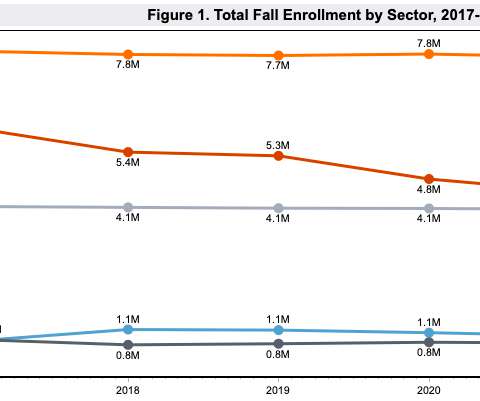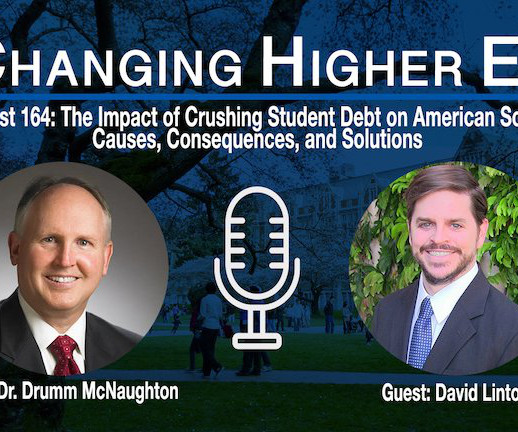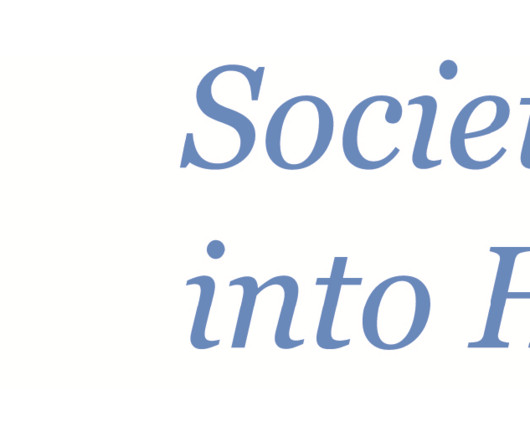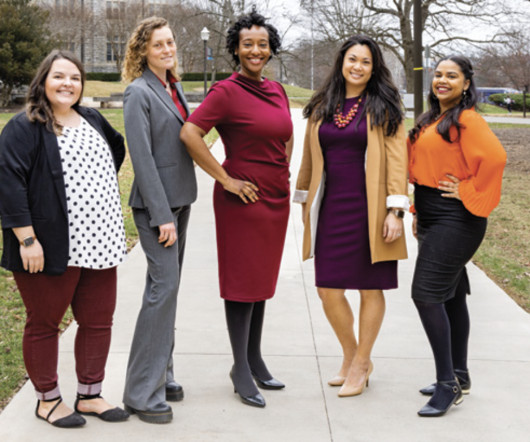Liberal Arts and Servile Arts
Inside Higher Ed
SEPTEMBER 22, 2022
Blog: Confessions of a Community College Dean Chad Orzel’s piece this week, “ Physics Is a Liberal Art ,” is a must-read. He’s a physicist who attended a small liberal arts college and works at another one, so he’s well acquainted with the various ways in which the term “liberal arts” is used.















Let's personalize your content